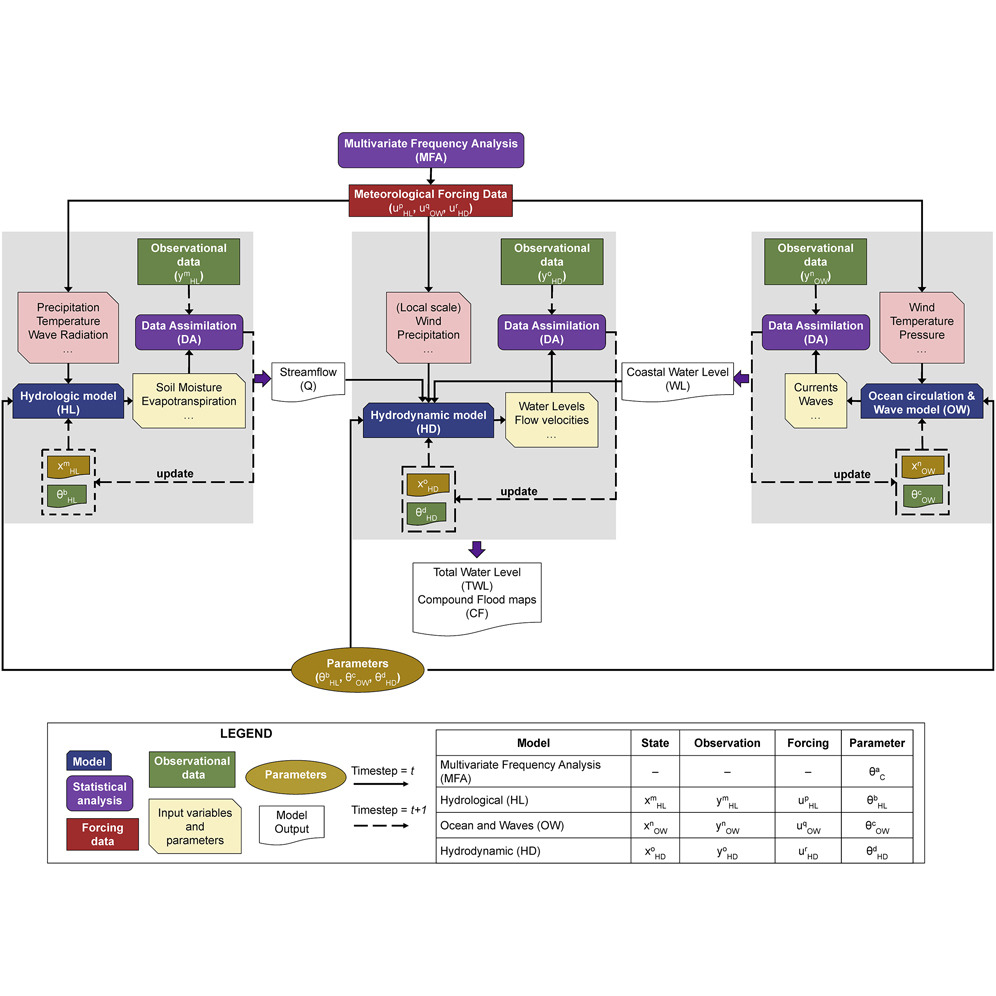This perspective discusses the importance of characterizing, quantifying, and accounting for various sources of uncertainties involved in different layers of hydrometeorological and hydrodynamic model simulations as well as their complex interactions and cascading effects (e.g., uncertainty propagation) in forecasting compound flooding (CF). Over the past few decades, CF has come to attention across the globe as this natural hazard results from a combination of either concurrent or successive flood drivers with larger economic, societal, and environmental impacts than those from isolated drivers. A warming climate and increased urbanization in flood-prone areas are expected to contribute to an escalation in the risk of CF in the near future. Recent advances in remote sensing and data science can provide a wide range of possibilities to account for and reduce the predictive uncertainties; hence improving the predictability of CF events, enabling risk-informed decision-making, and ensuring a sustainable CF risk governance… Read more


